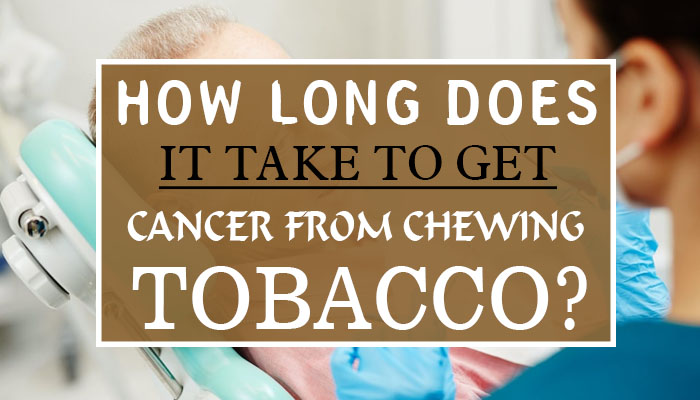Think twice if you believe that chewing tobacco is a healthier alternative to smoking. Sadly, the hypothesis is flawed.
Smokeless tobacco refers to tobacco products that are used in ways other than smoking. Chewing tobacco, naswar, snuff, snus, gutka, and topical tobacco paste is the most popular smokeless tobacco.
Any product that contains tobacco poses a threat to people’s health. More than 25 different chemicals found in smokeless tobacco have been shown to cause cancer. Oral cancer risk has been connected to the use of smokeless tobacco. Smokeless tobacco contains cancer-causing substances like tobacco-specific nitrosamines (TSNAs), polonium, formaldehyde, cadmium, lead, and benzopyrene.
Using tobacco to chew, spit, or orally:
These goods consist of dried tobacco that may be flavored and are offered as loose leaves, plugs, or twists. They are either chewed or positioned in between the cheek and the gums or teeth. Through the tissues of the tongue, the nicotine from tobacco is absorbed. The tobacco “juices” subsequently spit out (or swallowed) by the user.
What dangers does smokeless tobacco pose to your health?

You run the danger of harming your health if you use smokeless tobacco of any form. These items also include nicotine, which is addictive and known to cause cancer.
Even though some smokeless tobacco products expose consumers to fewer hazardous chemicals than cigarette smoke does, this does not necessarily mean that they are safe.
No smokeless tobacco product is a secure alternative to cigarettes. Still, tobacco corporations typically pitch these products as alternatives to smoking in settings where smoking is not allowed.
Snuffing and chewing tobacco can result in throat and mouth cancer. Some athletes acquire oral cancer even after just 6 or 7 years of spitting tobacco use.
FAQs:
How likely is it that smoking causes cancer?
Over 7,000 chemicals make up the deadly mixture that is tobacco smoke. Many are toxic. There are at least 70 that have been linked to human or animal cancer. The risk of developing lung cancer or passing away from it is 15–30 times higher in smokers than in nonsmokers.
How typical is tobacco-related oral cancer?
According to the Mouth Cancer Foundation, tobacco users make up about 90% of those who have oral cancer, and smoking increases the risk of oral cancer by six times compared to quitting.
Which types of cancer are caused by chewing tobacco?
Chewing tobacco and other smokeless tobacco products increase the risk of various head, neck, and mouth cancers, including squamous cell carcinoma as well as esophageal and pancreatic cancer, even though they are not linked to lung cancer like smoking is.
How old do cases of oral cancer start?
Most occurrences of oral cancer first appear in elderly people between the ages of 50 and 74. Younger persons can develop mouth cancer, but it is believed that the majority of instances in this age group are caused by HPV infection. Men develop mouth cancer more frequently than women do.
How long mayoral cancer go untreated?
For five years, the survival percentage for those with early-stage, untreated mouth cancer is 30%; for people with stage 4 untreated mouth cancer, the rate drops to 12%.

